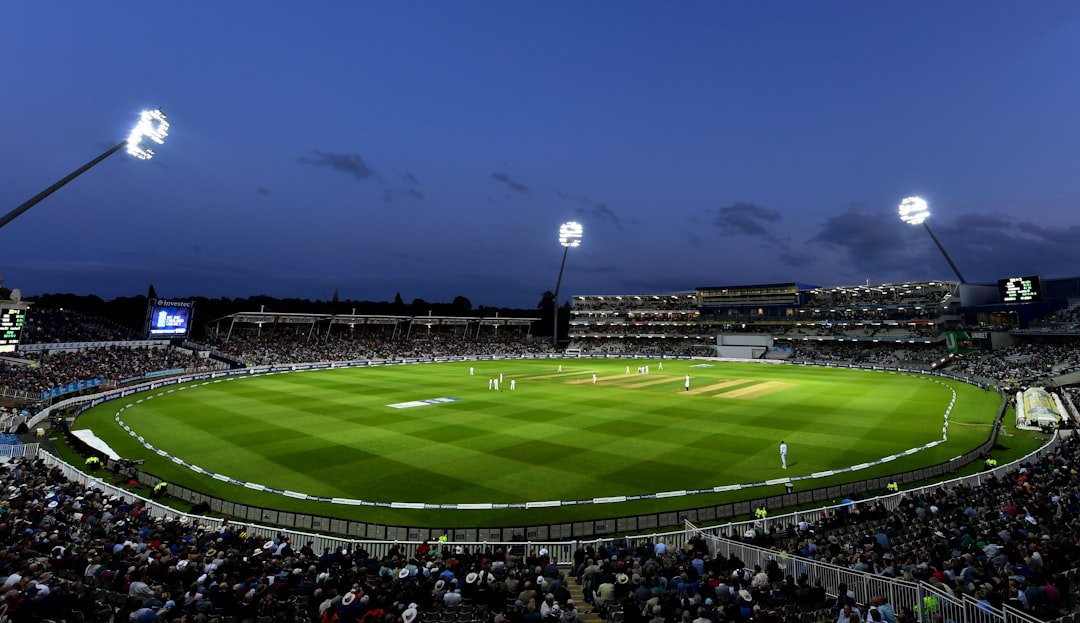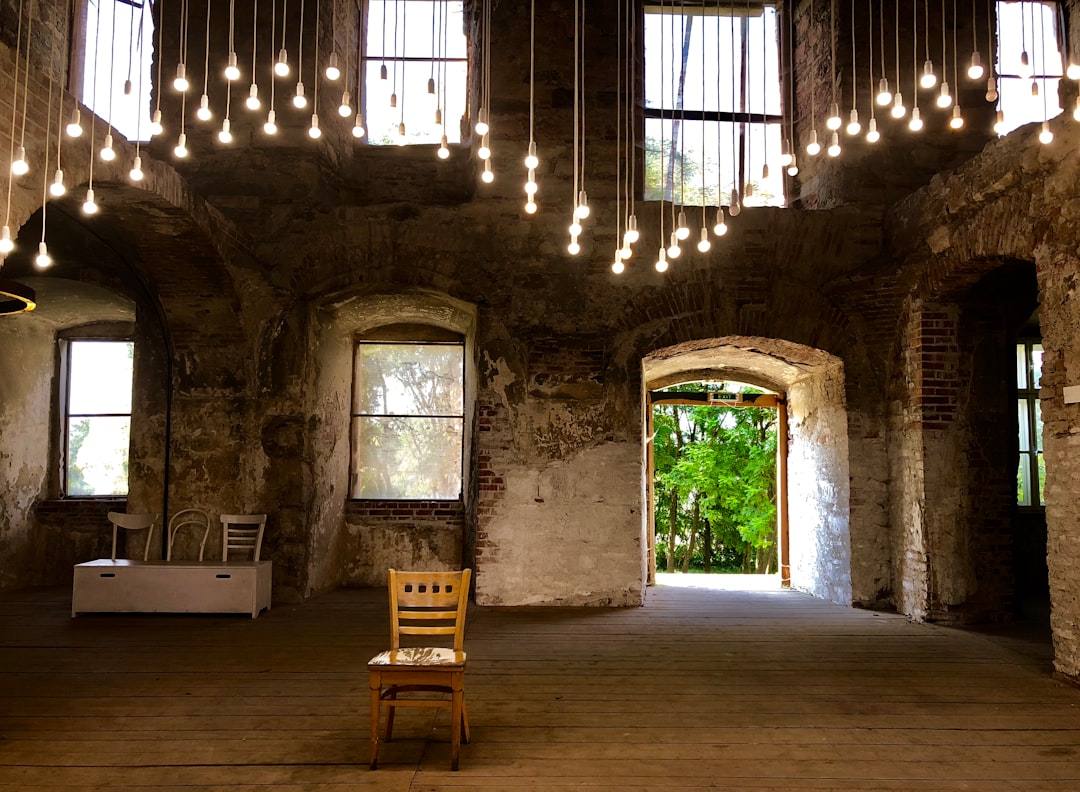Creating the perfect atmosphere within a church is an art that combines architectural beauty with thoughtful design. One crucial element that often goes unnoticed but plays a significant role in this harmony is church lighting. Proper lighting not only enhances the aesthetic appeal but also supports the spiritual experience of worshippers. This article explores the considerations and strategies involved in designing effective lighting for religious settings.
Churches are unique environments that require a delicate balance between functionality and atmosphere. The lighting should illuminate key architectural features, such as altars, stained glass windows, and ceilings, while also providing sufficient light for reading and participating in services. Moreover, it should adapt to different events, from solemn ceremonies to joyous celebrations.
One of the primary considerations in church lighting is the type of light fixtures used. Traditional fixtures, such as chandeliers or pendant lights, can add historical character and grandeur. However, modern technology offers more energy-efficient options like LED lights, which can be tailored to produce varying intensities and colours. The use of dimmable lights is also crucial, allowing the ambiance to be adjusted according to the occasion.
The placement of lighting is equally important. Thoughtful positioning ensures that light is distributed evenly throughout the space, avoiding harsh shadows or overly bright spots that could distract from the service. For example, accent lighting can be used to highlight religious artefacts or architectural details, creating focal points that draw attention. Meanwhile, ambient lighting provides a soft, uniform glow that enhances the overall atmosphere.
When designing church lighting, it is essential to consider the natural light that enters the building. Large stained glass windows, a common feature in many churches, can create stunning visual effects as sunlight filters through them. Designers should take into account how natural light interacts with artificial lighting to ensure a cohesive and balanced environment throughout the day.
Additionally, energy efficiency is a growing concern for many institutions, including churches. Implementing sustainable lighting solutions not only reduces operational costs but also aligns with the broader ethical and environmental values held by many religious communities. The integration of energy-efficient lighting systems, such as LEDs and smart lighting controls, can significantly cut down energy usage while maintaining the desired ambiance.
For those involved in church renovations or new constructions, working with a professional lighting designer can be invaluable. These experts are skilled at combining artistry with technical knowledge to create lighting schemes that enhance both the functionality and aesthetic appeal of the space. By collaborating with professionals, churches can ensure that their lighting design supports their specific needs and enhances the worship experience.
In addition to aesthetic and functional considerations, lighting also plays a role in the emotional and spiritual atmosphere of a church. The right lighting can evoke feelings of peace, reverence, and inspiration, contributing to the overall sense of community and spiritual connection. It is a powerful tool that, when used thoughtfully, can transform a space into a sanctuary of light and hope.
For more information on professional lighting solutions and design services, you can visit this website. By exploring the options available, churches can find the perfect balance of beauty, efficiency, and spirituality in their lighting design.
In conclusion, effective church lighting is an integral part of creating a welcoming and spiritually uplifting environment. By carefully considering the types of fixtures, placement, natural light, and energy efficiency, churches can enhance their architectural beauty and foster a meaningful worship experience. Whether through modern technology or traditional designs, the right lighting can illuminate not just the physical space, but also the hearts and minds of those who gather within.









